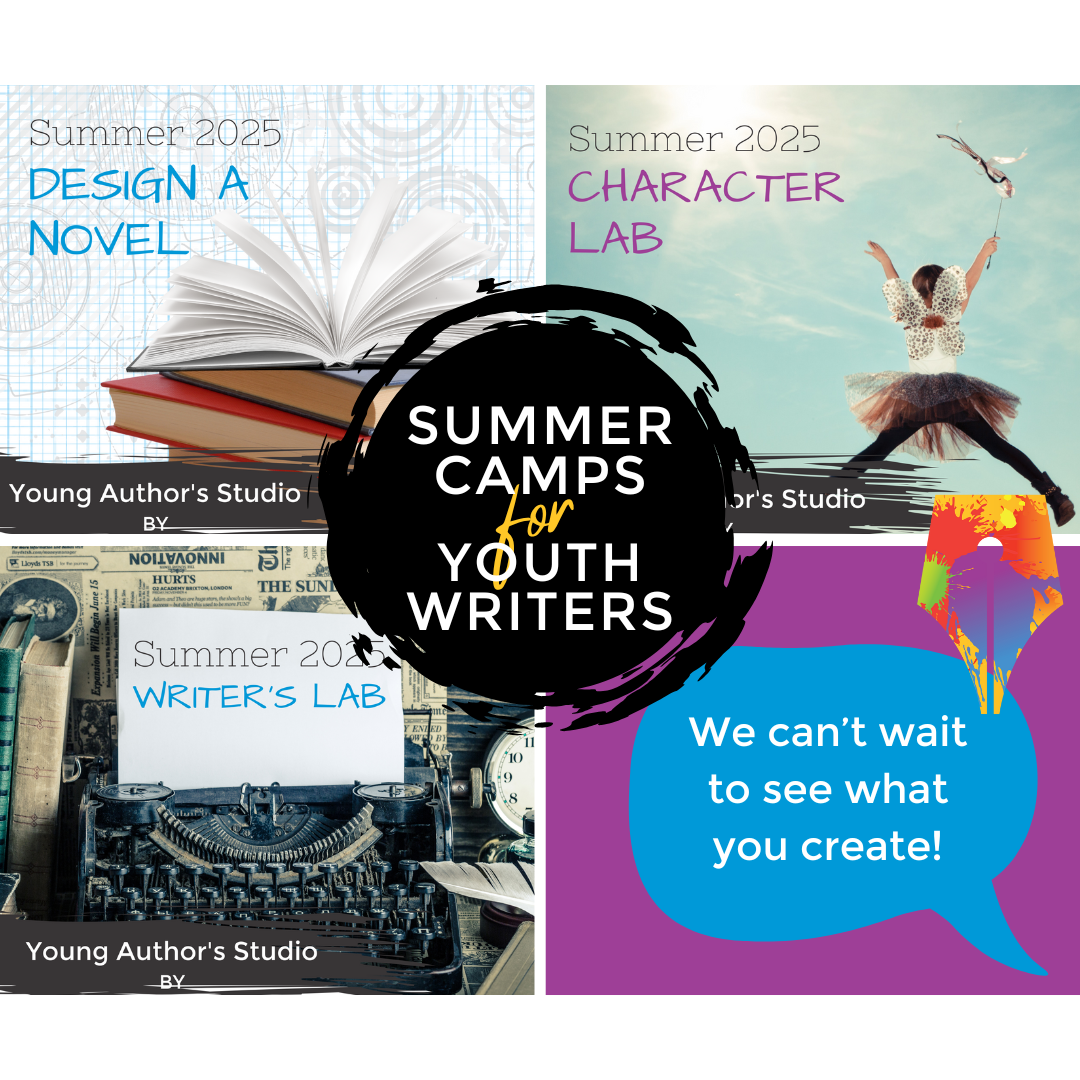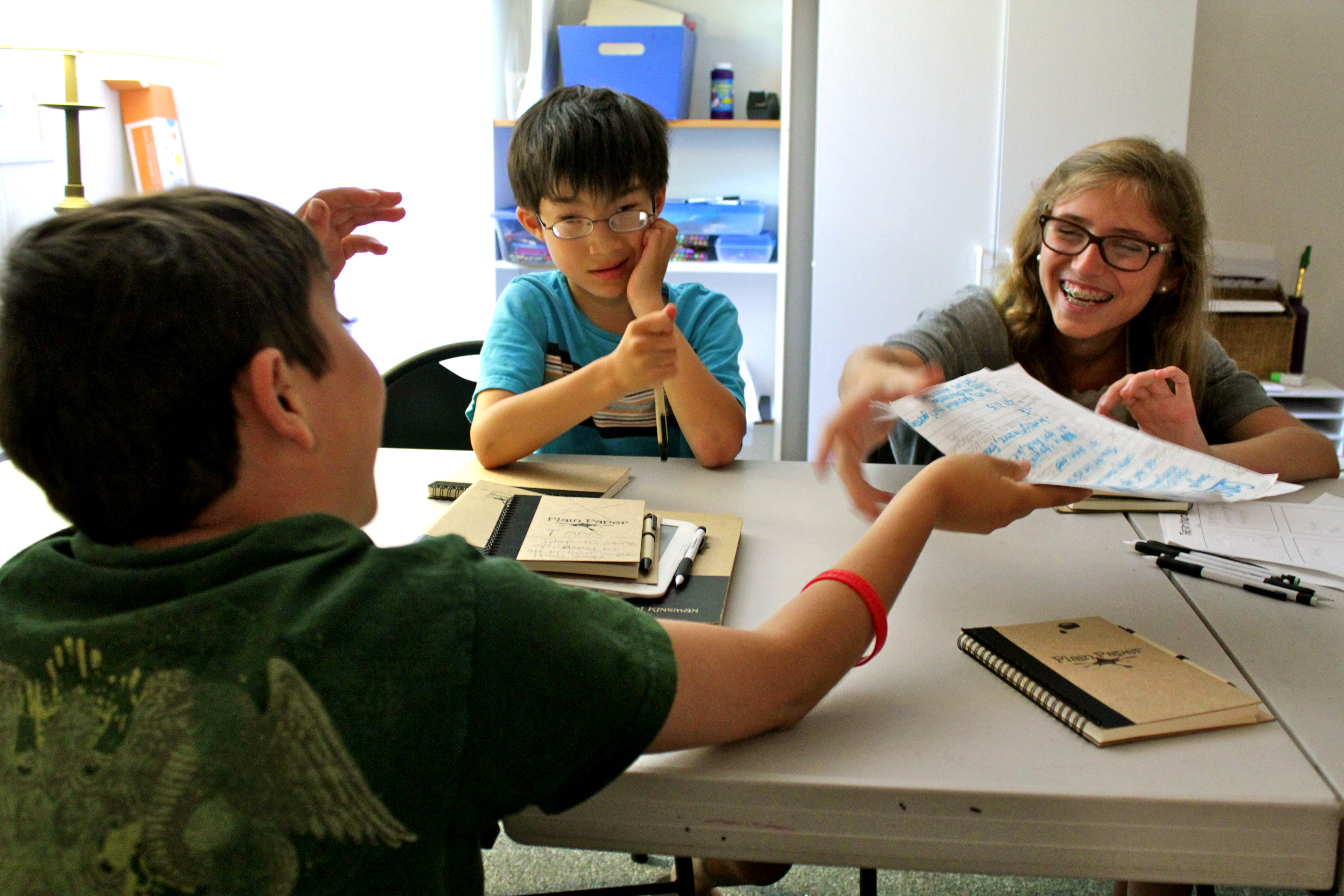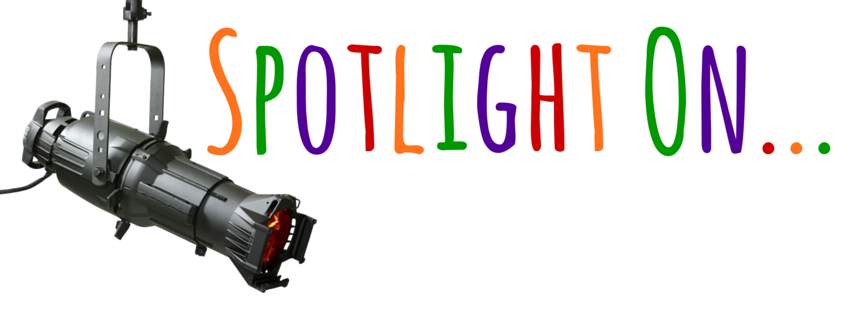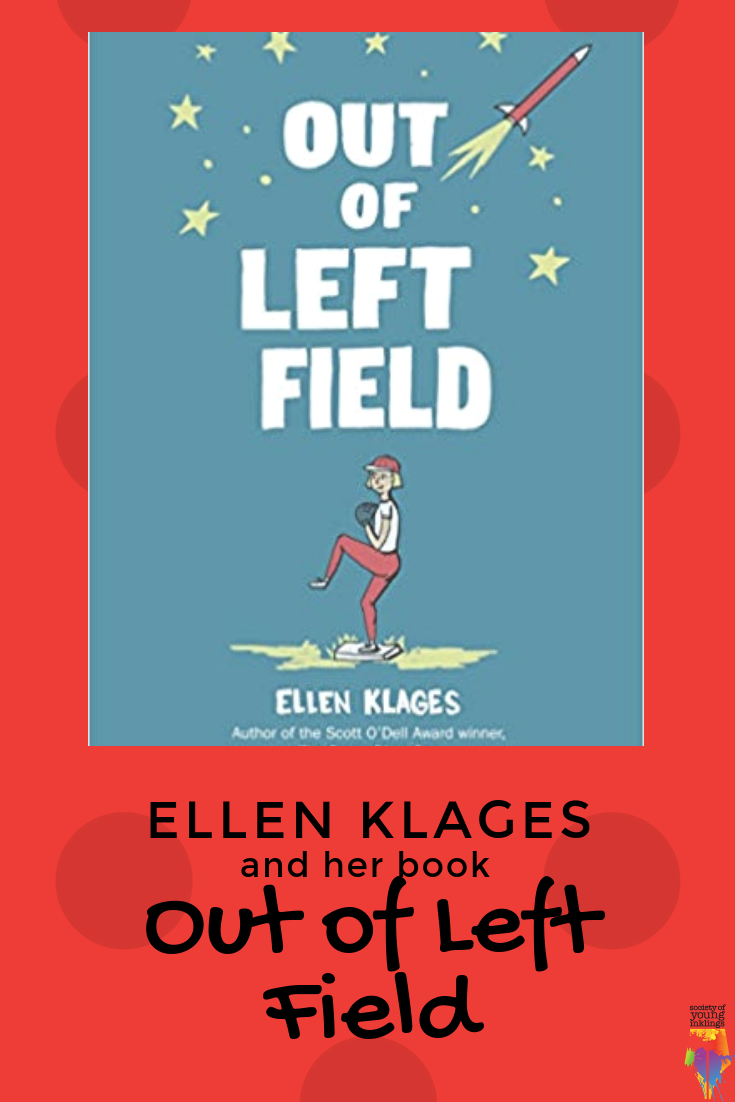Writerly Play Kit FOR EDUCATORS
Play Your Way to the Page
Writerly Play for Educators
Play Your Way to the Page
Every writing teacher knows it well: that sinking-stomach feeling of watching our writers stare blankly at their pages. No matter how compelling a writing lesson is, chances are at least one of our writers will struggle to transition from listening to our mini-lesson to putting their pencil into motion on the page. Why does this happen?
In my experience, writers may look like they’re staring blankly, but inside their minds battle is waging. Their inner critic is shouting down every idea that dares to rise to the surface. That’s why I’m passionate about inviting writers to play through their first draft on their feet. In a game, they try an option, see the pros and cons immediately, realize that it’s okay to change their mind, and are already mid-process by the time they sit down to write.
In this Writerly Play Kit, we’ll focus on a few simple games and strategies that will empower your writers as they tackle that first-draft moment.

Featured article
WRITERLY PLAY:
A WINDOW INTO CREATIVE THINKING
One of the most important qualities of a successful writer is confidence.
Confidence adds oomph to our word choice and energy to our work sessions. When we are confident, we don’t second-guess ourselves or stare at the blank page, afraid that whatever we write will be marked wrong. Confidence also fuels determination. When we know we can master a difficult task, we’re much more willing to lean into the challenging parts. If we feel we have no hope of success, we’re unlikely to try at all.
The Writerly Play approach is designed to build writing confidence.
Featured GAMES
QUICK DRAFTING THROUGH TABLEAU:
SLIDESHOW
Coach writers through a series of frozen poses to build the beginning, middle, and end of a draft.
Begin by warming up your writers with a movement exercise. Then, once they are spread around the room, ask them to strike a first pose. For a story, they should think of the beginning action. Next, they should show the climax as a frozen pose. Finally, they should freeze to show the resolution. Depending on your group and goals, you might break the sequence down further to include more prompts and poses to fill out the story.
Slideshow can be used to plan an essay, as well. In this case, the first pose physicalizes the thesis statement. The next three physicalize their three supporting ideas or examples. The last pose shows the conclusion. This version of slideshow can be abstract, so you may want to model an example to help writers see what physicalizing the thesis or conclusion might look like. To choose a pose, consider the subject, the facts, or the tone of the sentence.
QUICK ITERATION:
REWIND
Rewind back to the beginning of the sequence to give writers a chance to try new options.
After a round of Slideshow, “rewind” back to the beginning and run through the sequence again. Coach your writers to try new options the second time through. The quick trial-and-error opportunity will help writers dare to experiment.
Over time, your writers will become stronger players. Through experience, they’ll learn that a choice, even the wrong one, gives them information that informs future choices. At first your writers may only take the games an inch deep. Focus on helping them discover the power of the games for themselves. Soon, they’ll be motivated to focus, take themselves seriously, and stretch their game-playing capacity.
To help stragglers buy in, highlight a student’s success. Ask questions about what they tried and what they learned. As writers hear success stories from peers, they’ll be motivated to commit more fully.
“It is in playing and only in playing that the individual child or adult is able to be creative and to use the whole personality, and it is only in being creative that the individual discovers the self.”
― Donald Woods Winnicott, Playing and Reality
strategy
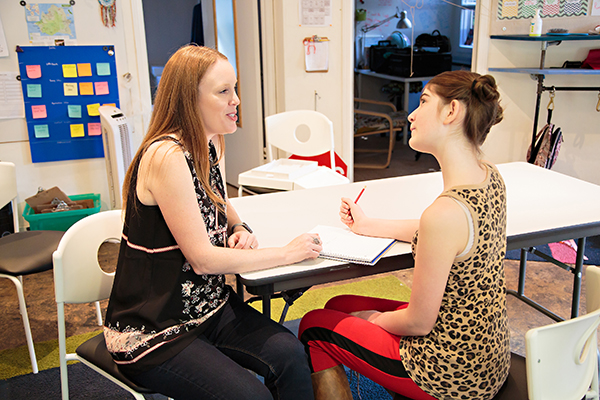
CONFERRING:
CHOICES
Break through the overwhelm with this quick-thinking game.
Even after a game session, some writers may struggle to begin writing. Sometimes I use the game of Choices one-on-one to help writers bypass their inner critics.
I might start by asking the writer whether they want to use the idea they played through or choose another one. Then, I follow up with a few more either/or questions to help them settle on a direction. Finally, I’ll ask them to give me a first sentence out loud.
Depending on the writer, I may use speed, humor, specific examples, or other tactics in the game of Choices. The idea is to overcome inertia, and often to spark a smile. With momentum and a burst of positivity, most writers are able to transition into a solid writing session.
What’s Up At SYI this Month?
WRITING PROMPT IDEA
Story spine
The Story Spine is simply a set of sentence fragments that you fill in details and turn into completed sentences. It starts like this:
Once upon a time…
And every day…
But one day…
And because of that…
And because of that…
And because of that… (repeat as many times as you want)
Until finally…
And ever since then…
That, in a nutshell, is everything a good story needs: a platform to start from, a catalyst for change, consequences, (raising the stakes, what happens next), a climax, and a resolution.
For this month’s Ink Splat, we spoke with author Ellen Klages about her novel, Out of Left Field. Ellen shares with us her tips for research and how she became an author after many years of dreaming about it. Here’s a peek at our interview:
[A writer friend] introduced me to her friends, most of whom were also real, published writers. I felt like I had finally found the people I belonged with, but I also felt like a fraud. They were actually doing what I thought I would grow up to do.
And I wasn’t.
One day I said that to my friend, and she just looked at me. She frowned, then put her hands on her hips and said, “Well, then. Write something.”
It was the best piece of advice anyone ever gave me.
